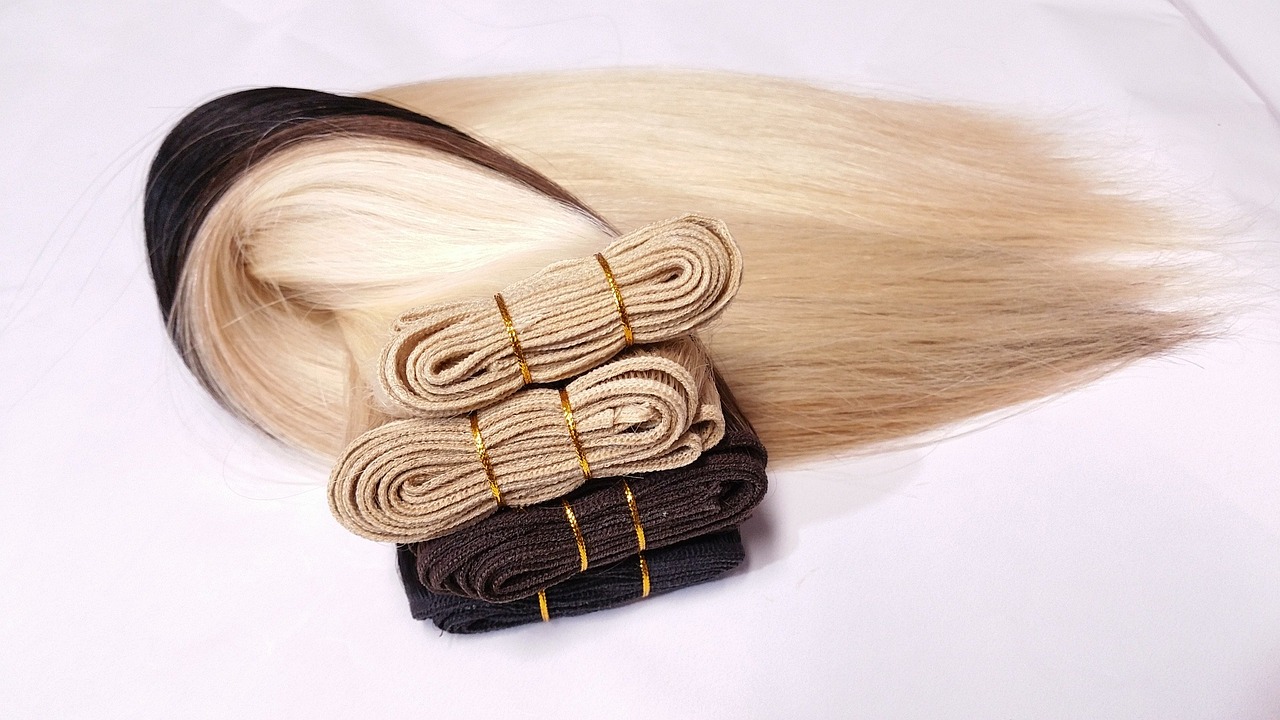Are you thinking about starting your own hair extension business? Or maybe you are already selling hair extensions, but struggling to make sales? Whatever your situation may be, there are a few key things you need to know before diving into the world of selling hair extensions.
With the growing demand for long, luscious locks, the hair extension industry has become increasingly competitive. But don’t worry – with the right knowledge and strategy, you can stand out from the crowd and achieve success in this lucrative market.
In this blog post, we will discuss everything you need to know before selling hair extensions. From understanding different types of hair extensions to sourcing high-quality products and marketing your brand effectively – we’ve got you covered. Let’s get started.
Know Your Target Audience
Before you start selling hair extensions, it’s important to know who your target audience is. This will help you tailor your products and marketing efforts to appeal to the right customers. Do some research on who typically buys hair extensions – is it mostly women or men? What age group do they fall into? Are they looking for a specific type of extension or a particular price point?
Understanding your target audience will also help you determine which platforms and channels to use for marketing and advertising. By understanding their needs, preferences, and behaviors, you can create a more effective sales strategy that resonates with your potential customers. Keep in mind that your target audience may evolve over time, so be sure to regularly revisit and adjust your research accordingly.
Understand the Different Types of Hair Extensions
Not all hair extensions are created equal. There are a variety of options available in the market, each with its own unique characteristics and benefits. Some popular types include clip-in, tape-in, fusion, and sew-in extensions. It’s essential to understand the differences between these types – such as their application methods, durability, and styling options – so you can offer your customers the best possible products.
Additionally, educate yourself on the different types of hair used for extensions – human hair versus synthetic hair. Human hair extensions tend to have a more natural look and feel but come at a higher cost. Understanding these distinctions will help you make informed decisions when sourcing products for your business.
Source High-Quality Products
The quality of your hair extensions can make or break your business. Customers want their extensions to look and feel real, so it’s crucial to source high-quality products that meet their expectations. For instance, black remy hair is known for its durability and realistic appearance, making it a popular choice among customers. Research reputable suppliers and consider ordering sample products to test the quality before making a bulk purchase.
Be cautious of extremely low-priced options as they may be using lower-quality hair or manufacturing processes. It’s worth investing in premium products to maintain customer satisfaction and avoid negative reviews or returns.
Familiarize Yourself with Proper Installation and Maintenance Techniques
Once you have sourced high-quality hair extensions, it’s essential to educate yourself on proper installation and maintenance techniques. Improper installation can damage the extensions and potentially harm your customers’ natural hair. It’s also crucial to educate your customers on how to care for their extensions, including proper washing, brushing, and styling methods.
By providing this knowledge and ensuring proper installation and maintenance, you can build trust with your customers and foster long-term relationships. You may even consider offering installation services or partnering with a trusted stylist to provide these services for your customers.
Develop a Strong Brand and Marketing Strategy
In today’s competitive market, having a strong brand is essential for success. Your brand represents who you are as a business and what sets you apart from competitors. Take the time to define your brand’s values, personality, and target audience to create a cohesive and memorable image.
Your marketing strategy should also align with your brand and target audience. Utilize social media platforms, influencer collaborations, and email marketing to reach potential customers effectively. Don’t be afraid to get creative and experiment with different tactics until you find what works best for your business.
Research Competitors and Stay Up-to-Date on Industry Trends
Staying informed about your competitors’ products, pricing strategies, and marketing efforts is crucial for staying competitive in the hair extension industry. Observe successful businesses in your niche and learn from their strategies – but also identify areas where you can differentiate yourself and stand out.
Additionally, keep yourself updated on industry trends – such as new extension types, popular styles/colors, and customer demands – to ensure you are offering what is in demand. Stay active in online hair extension communities and attend industry events to stay informed and potentially network with other professionals in the field.
Image Source: https://www.pexels.com/photo/woman-in-blue-long-sleeve-shirt-wearing-blue-goggles-6923515/
Selling hair extensions requires more than just having a great product. Knowing your target audience, understanding different types of hair extensions, sourcing high-quality products, and developing a strong brand and marketing strategy are all crucial components for success in this competitive market.
It’s also essential to continuously educate yourself on industry trends and stay updated on competitors’ strategies to adapt and improve your business continuously. With the right knowledge and approach, you can thrive in the hair extension industry and make your mark as a successful entrepreneur.

